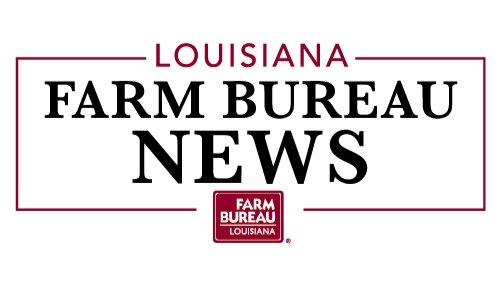The Future of American Food: A Discussion Between Land And Sea
By Paul Greenberg, David Brandt and Lance Nacio, Successful Farming
If it ain't broke, don't fix it, goes the saying. Pre-2020, many people who produce this nation's food might have argued that American agriculture and seafood was anything but broke. On land, the efficient American farmer grows more calories per person than just about any farmer anywhere on earth. U.S. farmers crank out more corn and beef than any nation in the world, are the number two producer of soybeans and in the top four nations for overall tonnage of wheat, pork, and chicken.
At sea, they're no slouches either. The U.S. harvests 8 billion pounds of wild fish and shellfish yearly, putting it in a not-too-shabby 4th place globally. All this despite an aging agricultural and fishery workforce that has been losing labor to retirement year after year.
But in 2020, business-as-usual became unusual business. Trade disputes and COVID-driven disruption of international markets flattened sales of core U.S. commodities. This flattening came at a time when corn and soy prices had already dropped sharply off their 2010s highs. Today, American farmers get about half of what they got for a bushel of corn or beans as a decade ago.
At sea, too, a tide of problems washed over American food producers in 2020. About 70% of fish in the United States are sold in restaurants. With those markets effectively shuttered, a major disruption rippled its way backward from diner to dock.
All this while, the conditions to farm and fish got tougher. In the last decade, average temperatures in the country's agricultural heartland rose significantly and precipitation became wild and hard to predict. Meanwhile, at sea, the hypoxia area or "dead zone" in the continental U.S.'s most important fishing grounds in the Gulf of Mexico, at the receiving end of most of the nation's agricultural runoff, grew by more than a third.
